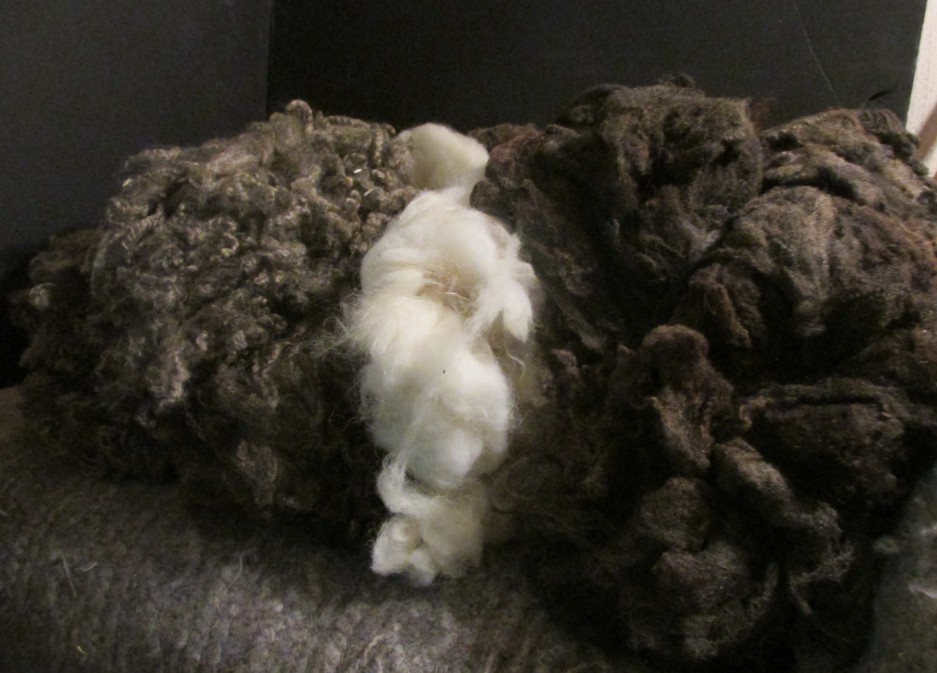HANDWOVEN KITCHEN TOWELS by LISA BERTOLDI
Kitchen towels!
I love big, thirsty, durable, substantial kitchen towels. They speak to me of comfort, of meals prepared with caring and thoughtfulness. Of hot corn bread carried to potluck suppers. Picnics in fields.
When I was a child doing kitchen chores, I always had certain towels for which I reached. Often they were decades-old linen towels. One I have in my mind’s eye was a threadbare rag, so beloved for its softness and its generous size.
For the past nine years I have been weaving those towels. Always in twill, for the maximum number of threads packed in per square inch, and always in cottolin and linen. Cottolin, a Scandinavia invention from around the time of World War II, is a terrific thread: it combines the strength of linen with the forgiveness, the stretch of cotton. As a warp, it is nearly perfect. And a weft, or crossing thread, of linen singles, gives gloss, gives absorbability. I utilize threads from Sweden because they are of very high quality.
I weave these towels on a 160 centimeter Swedish loom, called Glimakra. It’s a workhorse. It behaves dependably and admirably, and I love it. We are used to each other. I know how the beater should sound, how the treadles should feel with each and every pass of the weft thread.
Each individual warp has a sweet spot, an inch or two in which the weft threads flow like water, and flow dependably, and each beat with the overhanging beater is perfect and satisfying. That sweet spot is one of the great joys of weaving, for me.
The weaving, or weaving off, of the fabric is about one-third of the effort of the creation of new cloth. One must design, then plan the warp; wind the warp threads; make the warp chain from those threads; dress the loom; then make the all-important sample. Finally one weaves off the fabric. Still not done!! Hemming, then finishing of the fabric. The final step is inspection of each towel.
I sell these towels to an enthusiastic public. Women and men collect them year after year, in various color ways. They are given as gifts for weddings, birthdays, house warmings. I weave them large, nineteen or twenty inches wide, by about twenty-nine inches long, so they can be truly useful in the kitchen or at the picnic. They look great. They become very buttery soft and yet more absorbent with time and use.
I have chosen to focus my weaving on one item, to make that item the best it can be. Utility is foremost in my mind: I want to supply superbly absorbent kitchen toweling. Durability is critical: I use strong, well made threads from a respected company.
I have a limited line, in a sign, which utilizes as a weft thread handspun linen. I spin this linen thread myself, out of the highest quality flax stricks. The thread is glossy, strong, lovely. It is a slow and very satisfying process, and the resulting towels are special: they look a bit rustic, they are a bit heavier, and the drape is exquisite. They age marvelously.
Each year I perform experiments with rags made from my towels, to see how much use they can withstand. They hold up really well, and can take many dozens of washings, they can take abrasion, they can take it all.
Weft Handwovens
Lisa Bertoldi
51 Conway Road
Williamsburg MA 01096
Landline 413.268.7485
Bertoldi@crocker.com
Lisa also sent us some pictures of a recent Dye Party in Worthington last summer
Thanks Lisa for showing some naturally dyed yarns. What a fun dye party that must have been,
